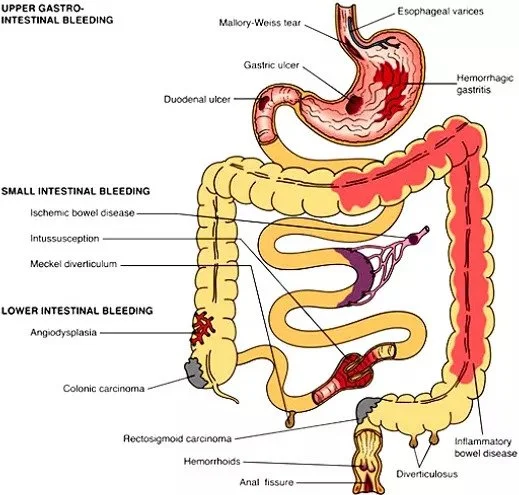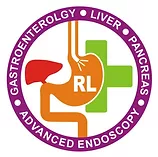ENDOSCOPIC TREATMENT OF GI BLEED
Endoscopic treatment of upper GI bleed
GI bleeding can occur in any of these organs. If bleeding occurs in your esophagus, stomach, or initial part of the small intestine (duodenum), it’s considered upper GI bleeding. Bleeding in the lower small intestine, large intestine, rectum, or anus is called lower GI bleeding.
The amount of bleeding you experience can range from a very small amount of blood to a life-threatening hemorrhage. In some cases, there may be so little bleeding, blood can only be discovered by testing the stool.
What are the symptoms of GI bleeding?
There are a few things that you can look for if you suspect that you might have GI or rectal bleeding. Your stool might become darker and sticky, like tar, if bleeding comes from the stomach or upper GI tract.
You may pass blood from your rectum during bowel movements, which could cause you to see some blood in your toilet or on your toilet tissue. This blood is usually bright red in color. Vomiting blood is another sign that there’s bleeding somewhere in your GI tract.

Causes Upper GI bleeding
Hemorrhagic Gastritis.
Mallory-Weiss syndrome
Esophageal and Gastric varices
Causes of lower GI bleeding
Infection
food poisoning
Ameobiasis
Crohn’s disease or ulcerative colitis
reduced blood flow in the colon
Hemorrhoids
Colon Cancer .
An anal fissure .
Management : Stabilization followed by Endoscopic Endotherapy in empanelled Hospitals.
